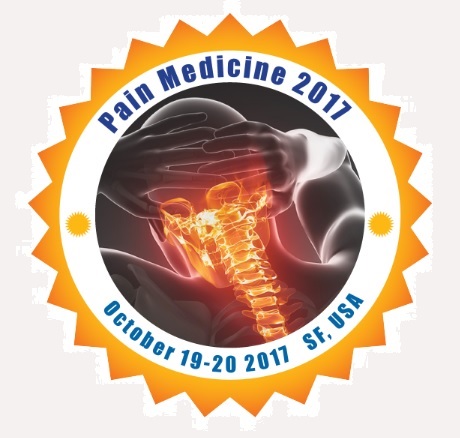
Yi Zhang
Harvard Medical School, USA
Title: Probing the mechanism of sciatica pain with novel imaging approaches
Biography
Biography: Yi Zhang
Abstract
Low back pain is classified as axial back pain and radicular back pain, commonly referred to as sciatica. The incidence of radicular symptoms (sciatica) in patients with back pain has been reported from 12% to 40%. The mechanism of chronic sciatica pain is still not well understood. A fundamental question remains unanswered: Is sciatica pain produced by persistent inflammation in spinal structures along spinal nerve roots, or is it merely the result of a neuropathic state of the involved spinal nerves per se without overt inflammation? Nevertheless, this condition has been treated with epidural steroid injections, with varying success. The current literature regarding the effectiveness of epidural injections is inconclusive with highly variable outcomes based on the technique, outcome measures, patient selection, and methodology. Severe complications can occur with epidural steroid injections. There exists significant doubt in the medical community whether epidural is effective in treating chronic radicular pain and hence whether it should be used to treat such conditions. Given the known side effects of corticosteroid and potential serious procedural complications associated with epidural steroid injection, it would be desirable to identify patients with ongoing inflammation in the epidural space and provide epidural steroid injection in more selective subpopulations of radicular pain patients in order to improve success rate of epidural steroid injection and eliminate unnecessary injections. An image tool that can visualize inflammatory process in the spine in vivo will provide tremendous diagnostic value in the diagnosis of low back pain with or without sciatica. Availability of PET/MRI scanners offers now a unique opportunity to study the association between neuroinflammation and structural changes in this major medical problem. We will present our recent progresses in utilizing this novel technology in imaging of sciatica pain patients.

